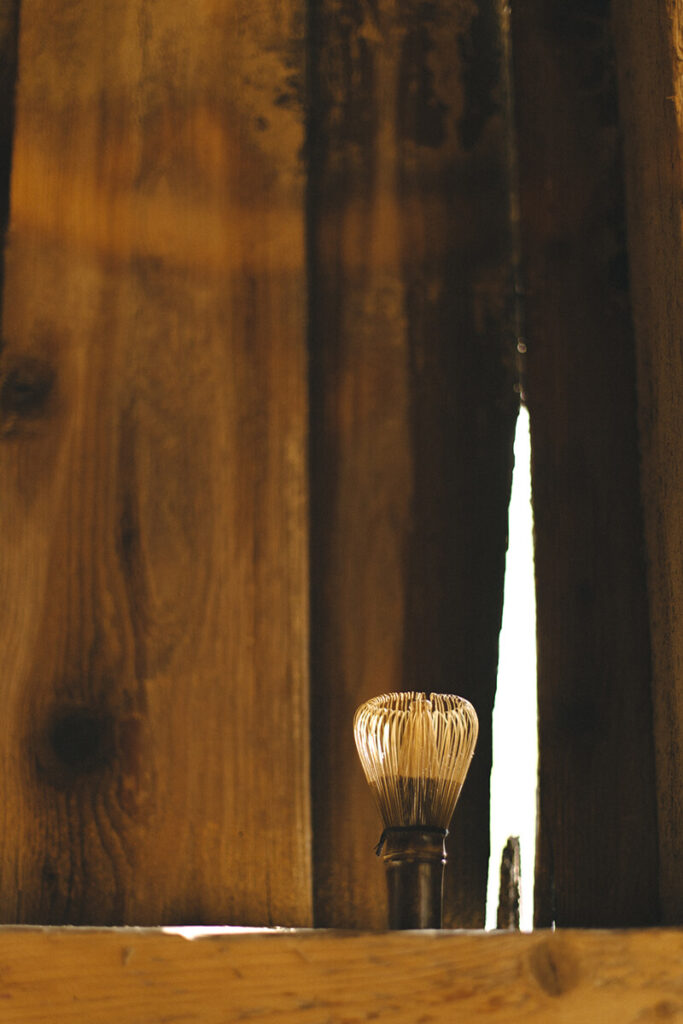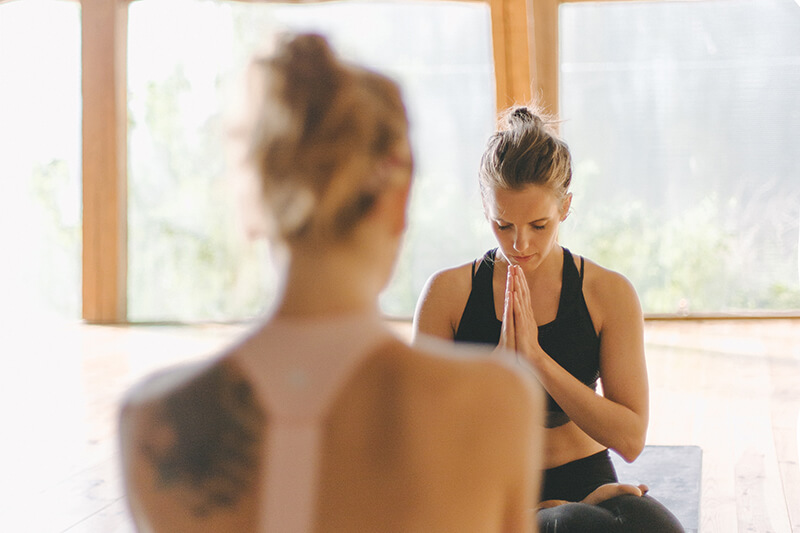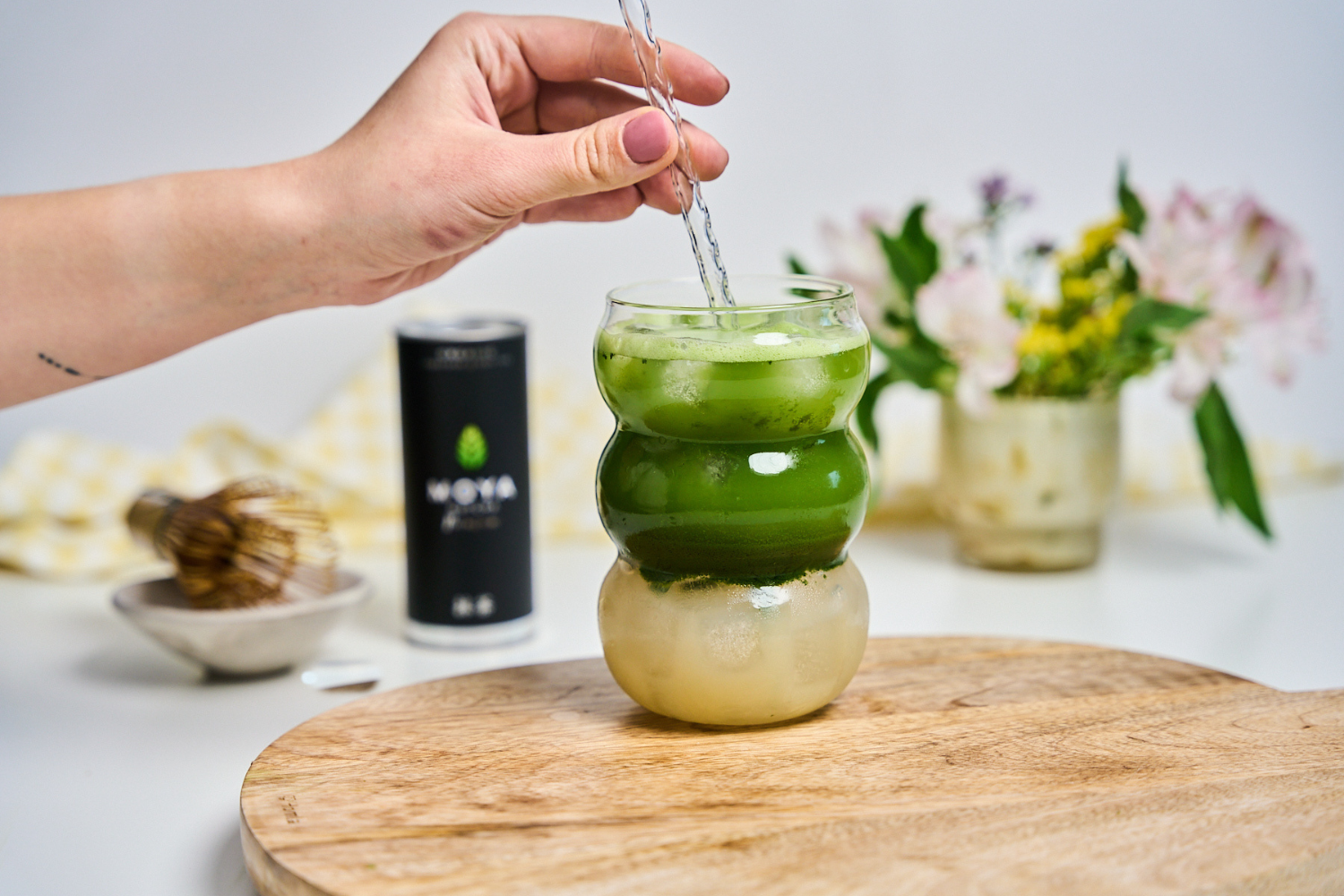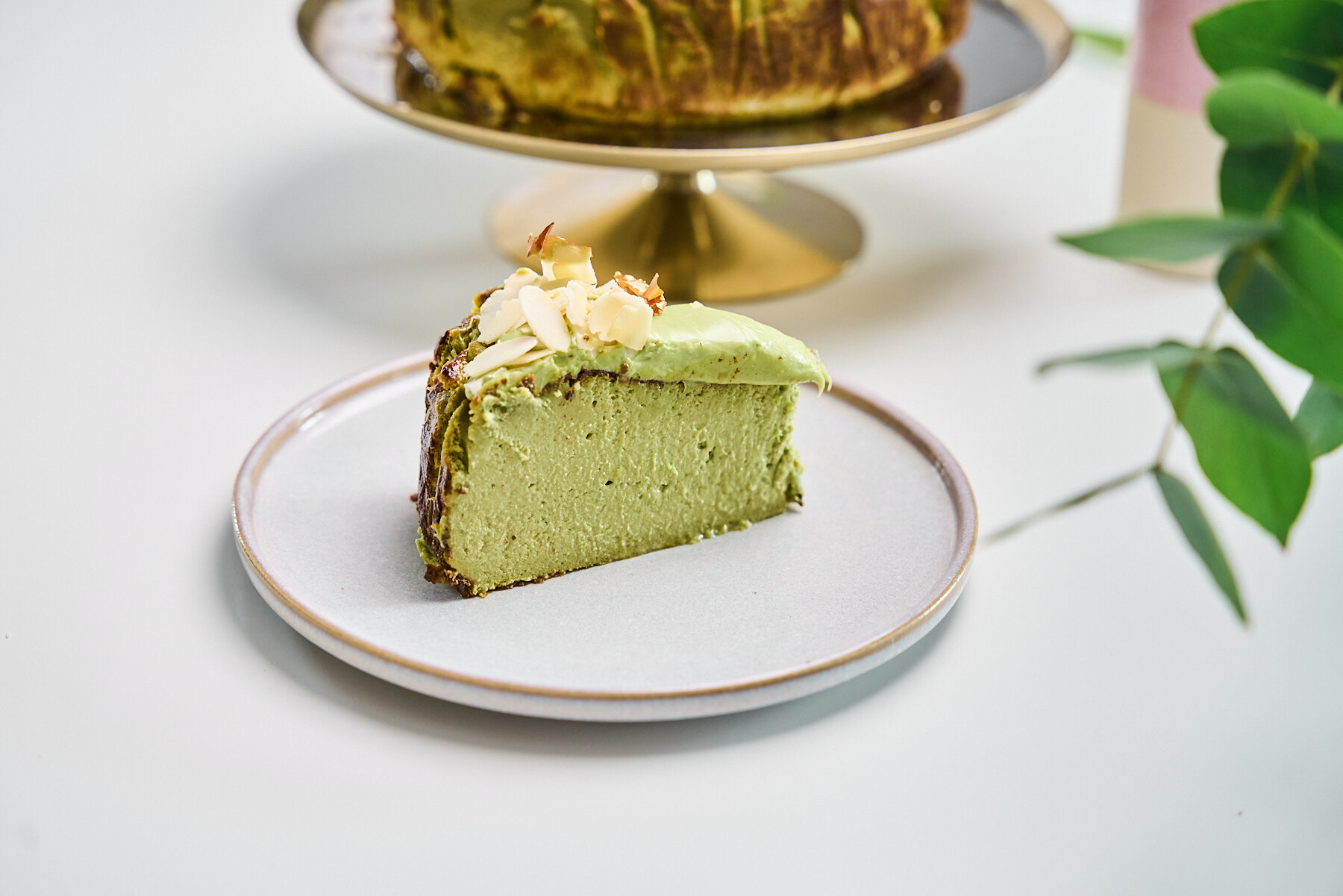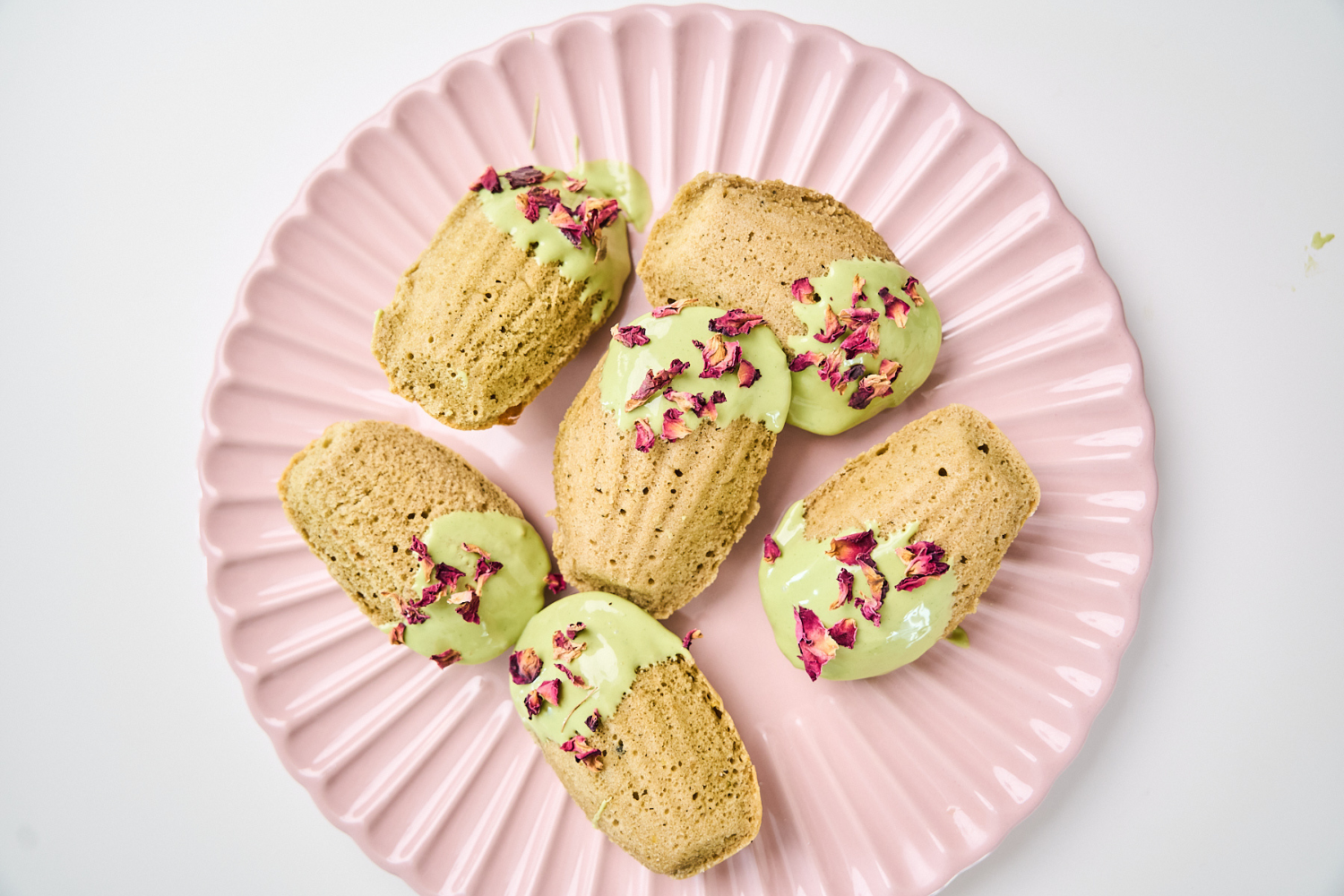Styles and customs of bygone times are constantly coming back. Desiring to return back to the roots, we are keen to reach for very old traditions and incorporate them into pop culture turn them into elements of pop culture. These traditions – deeply rooted in history and philosophy – are without a doubt still valid and their presence seems to be continually up to date and natural.
TRENDS IN NO DANGER OF PASSING
There is no question that matcha becomes very fashionable – it attracts interest among various circles, quickly spreading across cafes and stores. We import gaudy matcha flavoured sweets from Japan, we add matcha to our superfood cocktails, and we use a cup of it to enhance our image in social media. Although matcha tea has conquered the modern world, it still remains a part of the archaic culture of Far East.
Yoga is undergoing a similar process. There are more and more schools, courses, field workshops and weekend outdoor classes in public parks. You can buy mats and clothes in every imaginable colour and attend a class of a celebrity yoga instructor. But despite the modern 21st century context, yoga remains a spiritual just as it has been functioning for millennia.
Trends like this are in no danger of passing. They trigger changes we don’t reject as out-of-date trends. Moreover they work together surprisingly well! Even though yoga and matcha don’t share the same roots historically and geographically, they complement each other in an exceptional way.
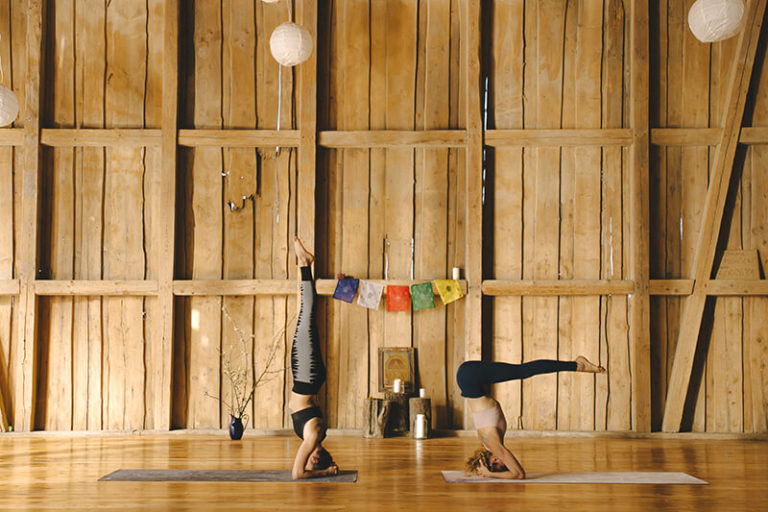
History
Green tea appeared in Japan at the end of the 12th century. It came from China along with Buddhist monks for whom it has been an inseparable part of Zen. At one point it began to be used in powdered form and that’s when the tea ceremony – chadō
(meaning ‘the way of tea’) was born. Matcha helped monks to be more alert and enabled them to find peace of mind – those elements are crucial when it comes both to meditation and to its unusual form: the tea ceremony.
The term ‘yoga’ relates to the whole system of Indian philosophy dealing with the mind-body connection. Its oldest traces have been found in the Indus Valley and are dated 2300-1500 B.C. Types of yoga, based on body positions (asanas), breath control and cleansing techniques, like hatha, vinyasa or ashtanga are popular these days in the West, but they got here only ‘a moment ago’ – they started gaining attention as late as in the mid 19th century.
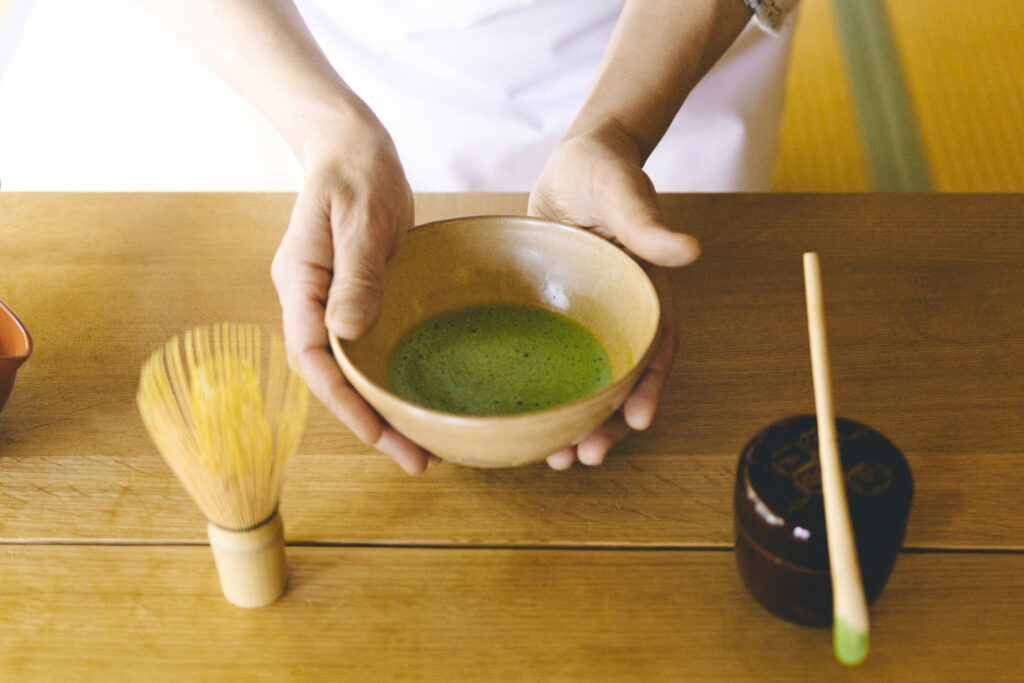
Matcha and yoga – a good match
Matcha is made from the youngest tea leaves in which the vital energy is stored. Few weeks before the harvest, the tea bushes are covered to prevent direct sunlight – that helps them to protect valuable substances. Whenever we drink a bowl of matcha we consume the whole powdered leaves, therefore we assimilate a lot more nutrients and benefits than from a regular tea – this means a higher concentration of antioxidants, vitamins, minerals and fibers. We should remember, however, not to add water that is higher than 80 Celsius degrees – the excessive heat kills valuable substances and destroys the taste.
The caffeine content for a teaspoon of matcha is 2 grams. Unlike caffeine in coffee, caffeine in matcha is slowly absorbed and has a lasting energy boost for the body. Amino acids (especially L-theanine) present in matcha tea bind to the caffeine and slow down its absorption into the bloodstream. As a result, there’s no rapid cortisol delivery or adrenaline spike that leaves the body craving for more caffeine. Compared to coffee, matcha, which needs up to six hours to get absorbed, offers some calm sense of awareness and alertness and charges our stamina.
This combination makes matcha an ideal partner for yoga. On the one hand yoga is a sport that requires physical fitness, on the other it is a practice of meditation in which concentration and mindfulness are essential. Yoga and matcha are a perfect match – they complement each other and reinforce their own unique effects. A pot of matcha makes perfecting the yoga practice easier and practicing yoga helps us to become an expert in celebrating the matcha tea ceremony.

